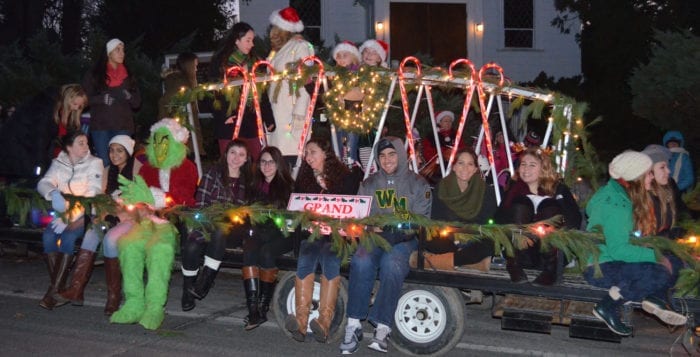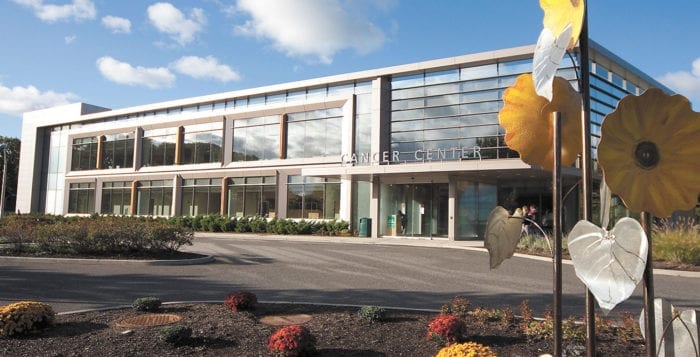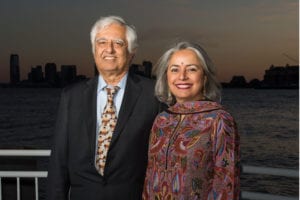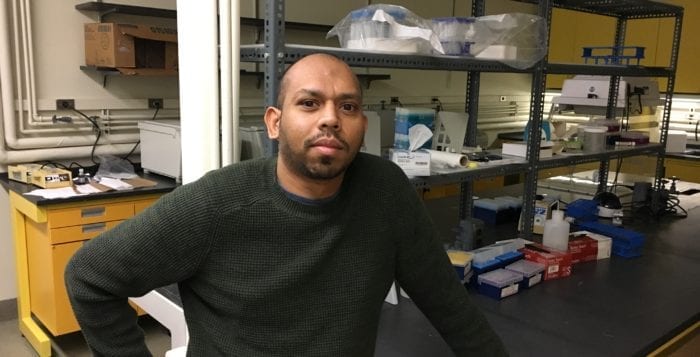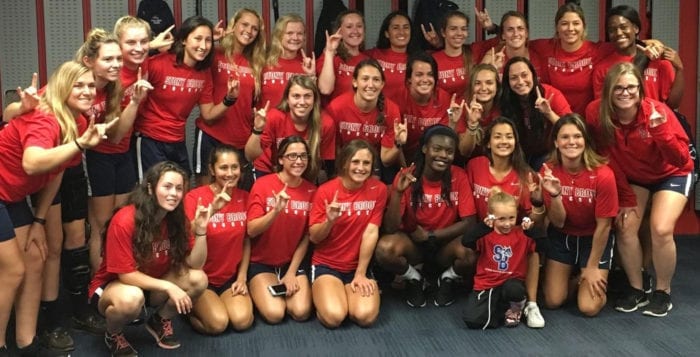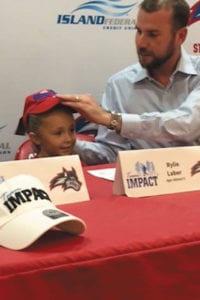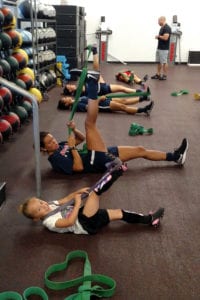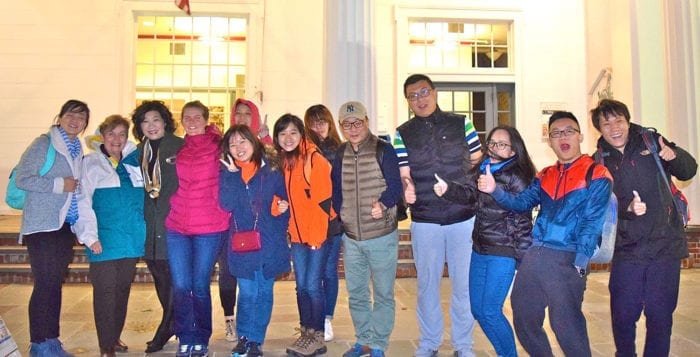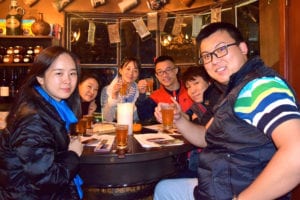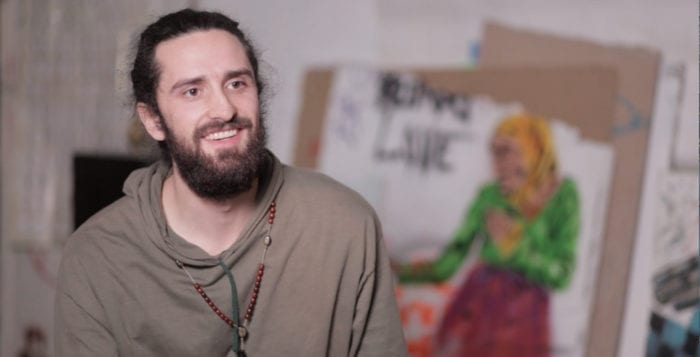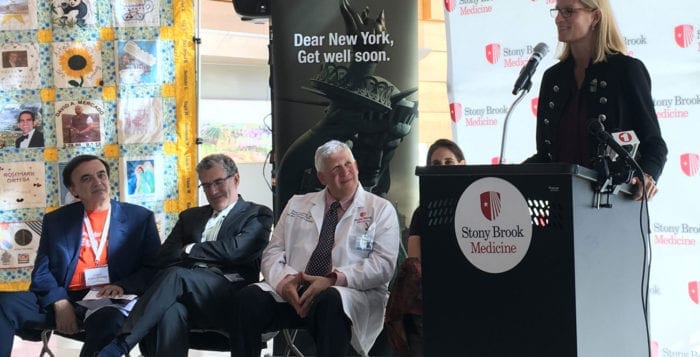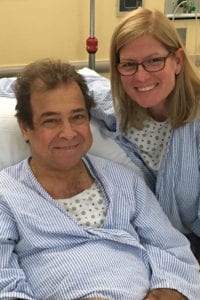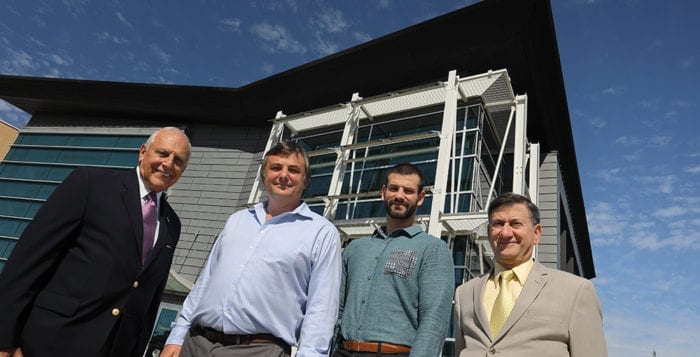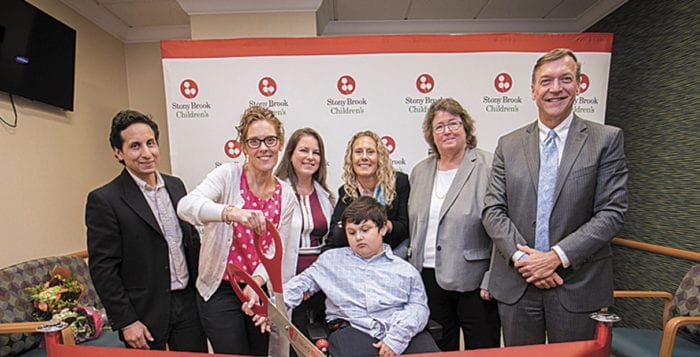After a one-year hiatus, a long-running holiday tradition is returning to Setauket.
It was ‘lights out’ for the Electric Holiday Parade last December, when a couple of glitches prevented the popular event from taking place. Cheryl Davie, longtime organizer of the event, which has been around for two decades, said there were budgetary cutbacks at the town level and a permit deadline was missed.
Billy Williams, a civic-minded local businessman and a member of the Setauket Fire Department, Three Village Kiwanis and the Three Village Chamber of Commerce, said he heard of the issues last November — just not soon enough.
“I remember moving to the area in the late ’90s and bringing my kids to the parade,” he said in an email. “I thought it was a great hometown experience. I was saddened when I heard it wasn’t happening last year.” But by the time he found out, he said, it was too late to make it happen. So he decided to pick up the pieces and planned to resurrect the parade this year.
Davie immediately offered her assistance and expertise and the two became a team. Williams joked he is the producer and Davie is the director. She’s in charge of “the script” and running the show. He’s responsible for making sure the funding comes through.
“I have put together a team of small businesses and individuals who wanted to produce a great parade,” Williams said. “We have about 20 sponsors that have generously donated to offset the cost of producing the parade. State Farm [Williams’ business], Shea & Sanders Real Estate, Four D Landscaping and Shine Dance Studios are the major sponsors — with many others contributing as well. Each has made donations of money, time and/or other needed goods and services for the event.”
Lights will blaze again when the parade kicks off Sunday, Dec. 11 at 5 p.m. There will be floats and marchers, lights and music, decorated conveyances of all kinds, entertainment, hot chocolate and cookies — not to mention the arrival of Santa Claus on the Setauket Fire Department float — according to Davie.
“We have a lot of floats signed up,” Williams said. “Thirty-five have registered so far. We are also hiring a professional marching band to perform as well as providing many other great attractions for the kids. We have Wolfie from Stony Brook University attending, as well as the SBU pep squad.”
Williams said the Three Village school district will also be well represented. Many of the elementary schools are building floats — at all grade levels — which is a change from previous years when only sixth-graders were invited to create floats. The Ward Melville Jazz Band will also perform.
Boy Scouts, Girl Scouts, Brownies, dance academies, preschools and local businesses have registered online to participate in the parade of lights. Registration will remain open until Dec. 10.
“The more, the merrier,” said Davie, referring to participants and spectators alike.
No article about the Electric Holiday Parade would be complete without a shout out to one of the original founders and supporters. Michael Ardolino was a member of the small group that established the parade 21 years ago. Today he is very happy and proud.
“I’m so excited the parade is back,” Ardolino said in a telephone interview. “I’m so proud it’s going to continue. So pleased with the new group that has stepped up to create this year’s parade. I’m looking forward to coming and enjoying it with my granddaughter. The tradition continues.”
For more information about the parade — or if you’d like to sign up — visit www.3vholidayparade.com. Staging for the parade will begin at 3:30 p.m. along Main Street in Setauket near the Emma S. Clark Library and the Setauket Elementary School. Kick-off is at 5 p.m. sharp.

